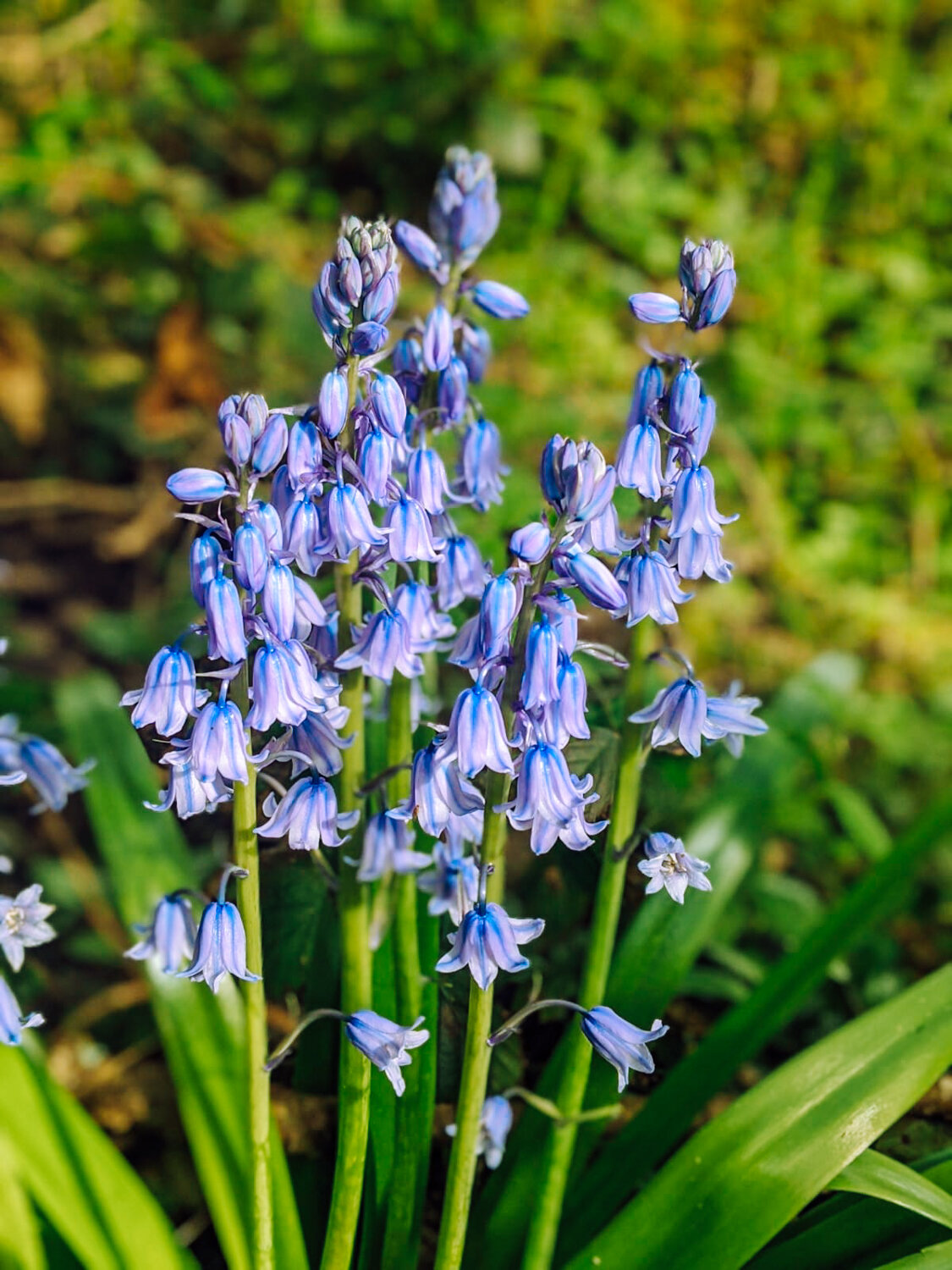Bluebells - #floweringnotes
Bluebells and the beautiful carpets that they make in the countryside are just so wonderful at this time of year. Although sadly are about to finish their display.
The bluebells in this photo (taken by my son) were particularly pretty ones don't you think?
#floweringnotes - Wild native bluebells like moisture in the winter and shade in summer. They can also grow in hedgerows and park or grassland, often following the line of an old hedge or where trees once stood.
The bluebell has many names: English bluebell, wild hyacinth, wood bell, bell bottle, Cuckoo’s Boots, Wood Hyacinth, Lady’s Nightcap and Witches’ Thimbles, Hyacinthoides non-scripta It is against the law to intentionally pick, uproot or destroy bluebells
If you plant bluebells, you should make sure it's the English bluebell, not the Spanish version. This is a more vigorous plant and could out-compete our delicate native flower
Almost half the world's bluebells are found in the UK, they’re relatively rare in the rest of the world
Bluebell colonies take a long time to establish - around 5-7 years from seed to flower.
Bluebells can take years to recover after footfall damage. If a bluebell’s leaves are crushed, they die back from lack of food as the leaves cannot photosynthesise.
Excerpts taken from various National Trust blog posts.

